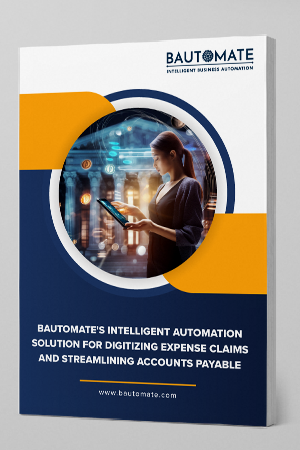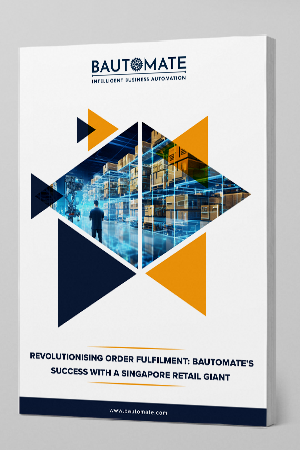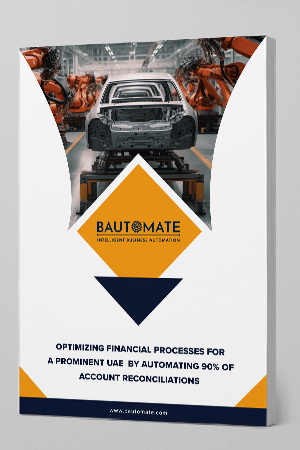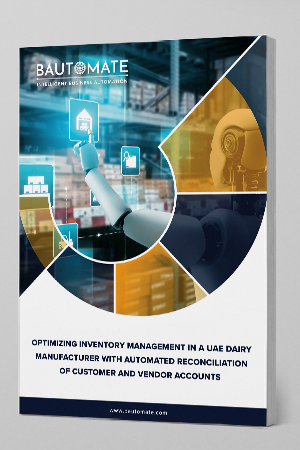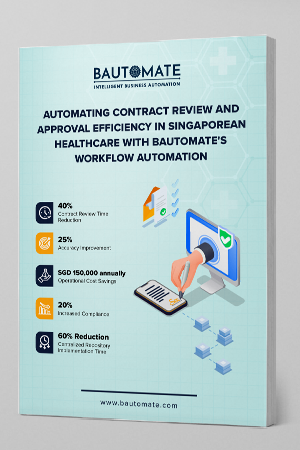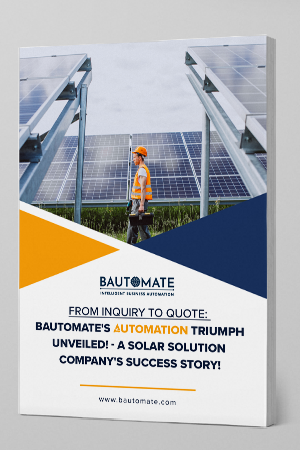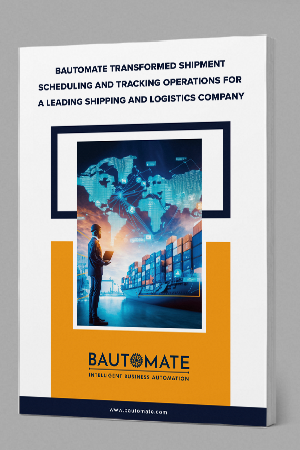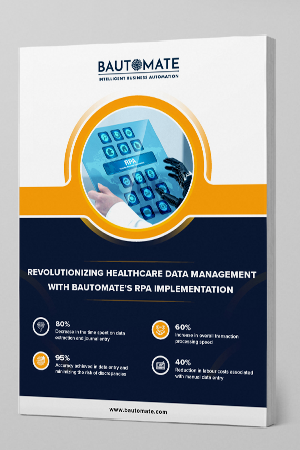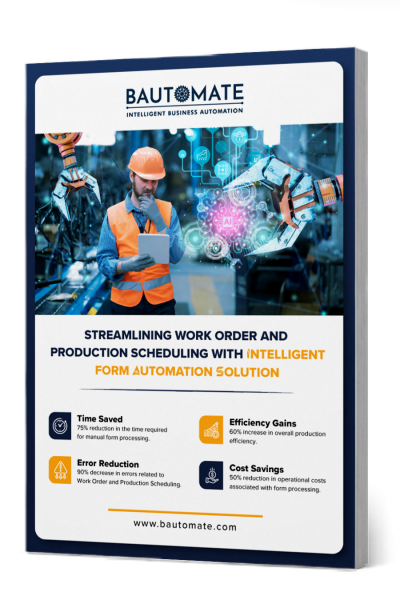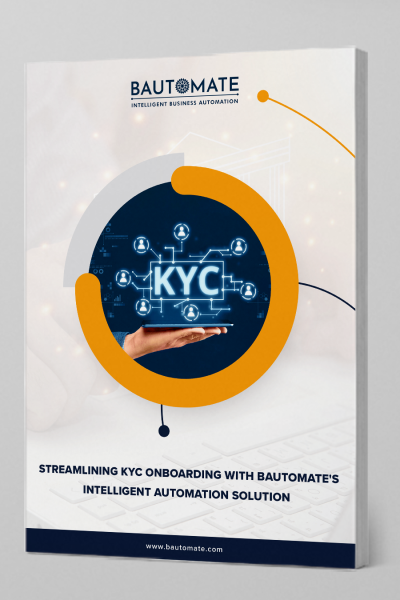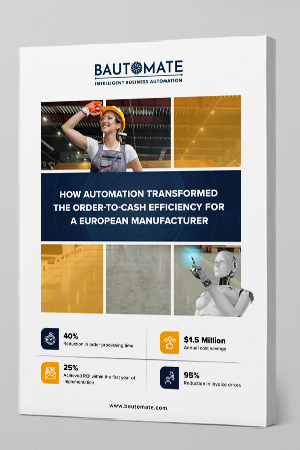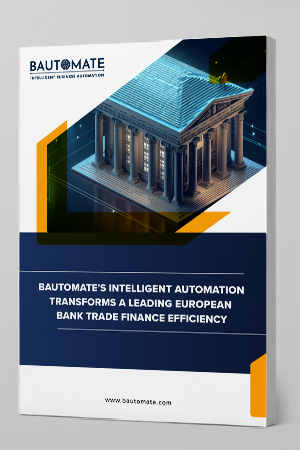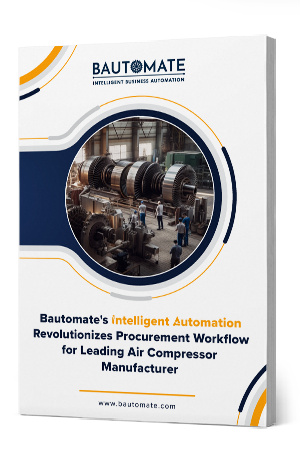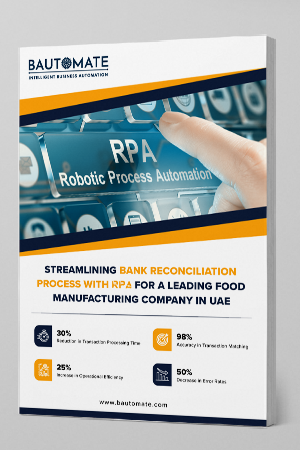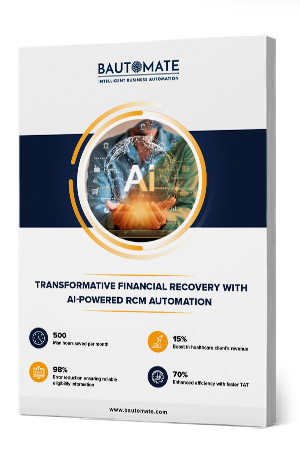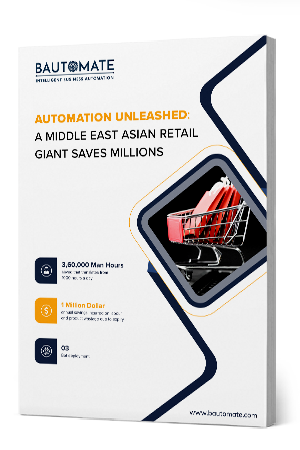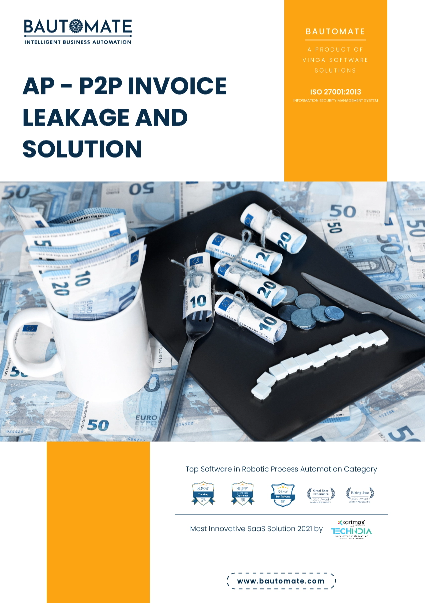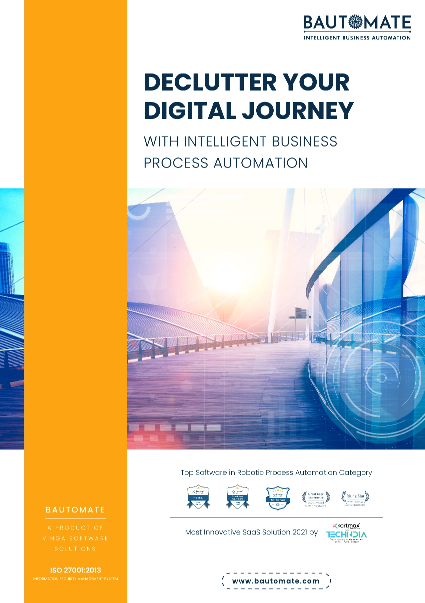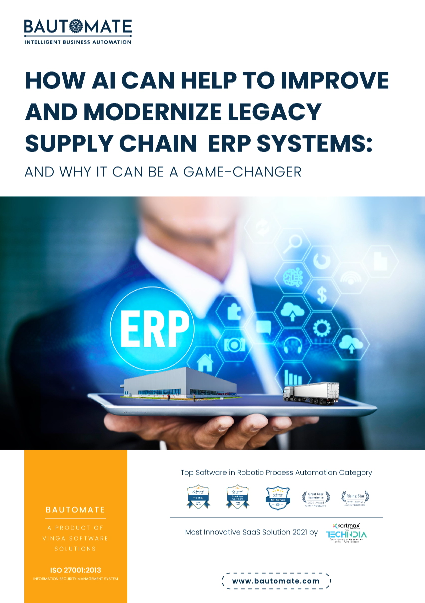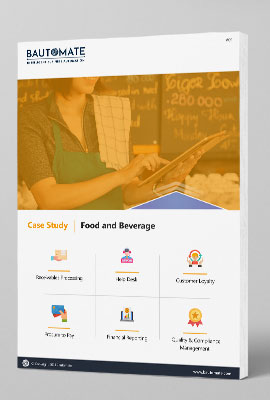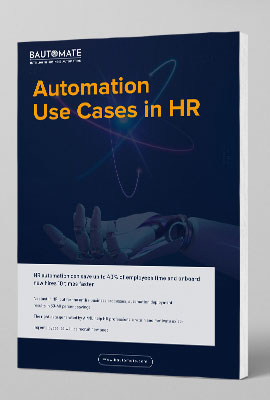
Robotic process automation is a form of business process automation technology based on metaphorical software robots or on artificial intelligence /digital workers.
This is an infographics presentation about the Future of RPA: Growth Trends & Statistics. Detailed statistics and graphical charts have been presented here,
Textual Version of the Infographic:
What is RPA? (Robotic Process Automation)
Robotic process automation is a form of business process automation technology based on metaphorical software robots or on artificial intelligence /digital workers.
Why does RPA matter?
- Employees spend 10%-25% of their time on repetitive computer tasks.
- IT departments spend 30% of their time on basic low-level tasks
- 50% of companies spend between $5- $25 dollars for manual invoice processing
- A typical rules-based process can be 70% – 80% automated
Business RPA adoption
- 98% of IT leaders say automating business processes is vital to driving business benefits.
- 53% of respondents have already started their RPA journey & 19% of respondents plan to adopt RPA in the next two years.
- 80% of finance leaders have implemented or are planning to implement intelligent process automation software (RPA).
RPA Benefits
- RPA can reduce labour-intensive tasks by 80%
- Reduce Manual errors – Accuracy 99%
- Time save by 80 – 90%
Origin of RPA:
- First coined by Arthur Samuel – 1959 (Machine Learning)
- Computerized Automation – 1970 to 90
- Business Process Management – 1990
- Robotic Process Automation (2000+)
Market overview of RPA:
- 2016 – $271m
- 2017 – $443m
- 2018 – $629m
- 2019 – $822m
- 2020 – $1022m
- 2021 – $1224m
It is expected to reach USD 1930 Million by the end of 2025.
Future Prediction
The global robotic process automation market size was valued at USD 1.40 billion in 2019 and is projected to exhibit a compound annual growth rate (CAGR) of 40.6% from 2020 to 2027.
Driving Factors & Trends:
- Increasing adoption of Modern Technologies such as machine learning, AI
- Growing demand for automation
- Growing demand for Digitalization
- Combination of digital and manual efforts
- Elimination of Paper Work
Evolution of RPA:
- RPA 1.0 (Assisted RPA) – Automation of desktop-run activities with human interaction
- RPA 2.0 (Unassisted RPA) – Machines trigger the process, robots replace the human interaction
- RPA 3.0 (Autonomous RPA) – Combination of RPA, Cognitive Automation, AI & Machine Learning
- RPA 4.0 (Cognitive RPA) – Combination of NLP, Data Mining, Text Analysis, Machine Learning
Top 5 Enterprises Using RPA
- BPO.
- Finance & Banking.
- Insurance.
- Healthcare.
- Telecom.
Top 5 Region using RPA
- North America (United States, Canada, and Mexico)
- Europe (Germany, UK, France, Italy, Russia and Turkey, etc.)
- Asia-Pacific (China, Japan, Korea, India, Australia, Indonesia, Thailand, Philippines, Malaysia, and Vietnam)
- South America (Brazil etc.)
- The Middle East and Africa (Egypt and GCC Countries)




